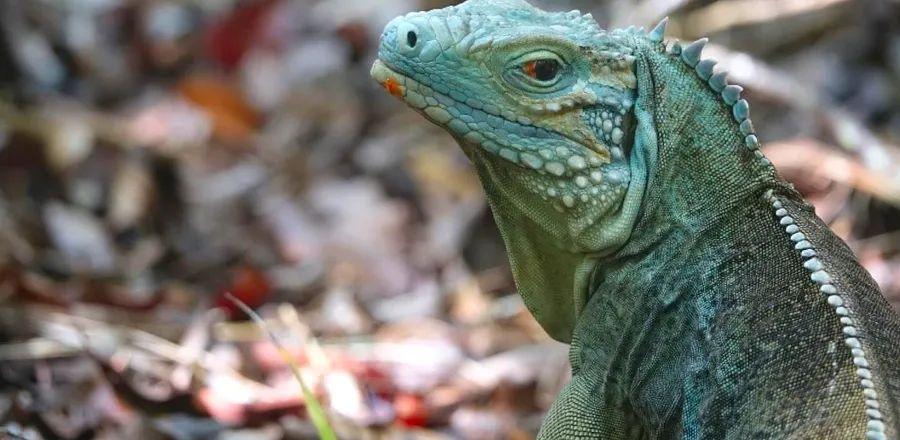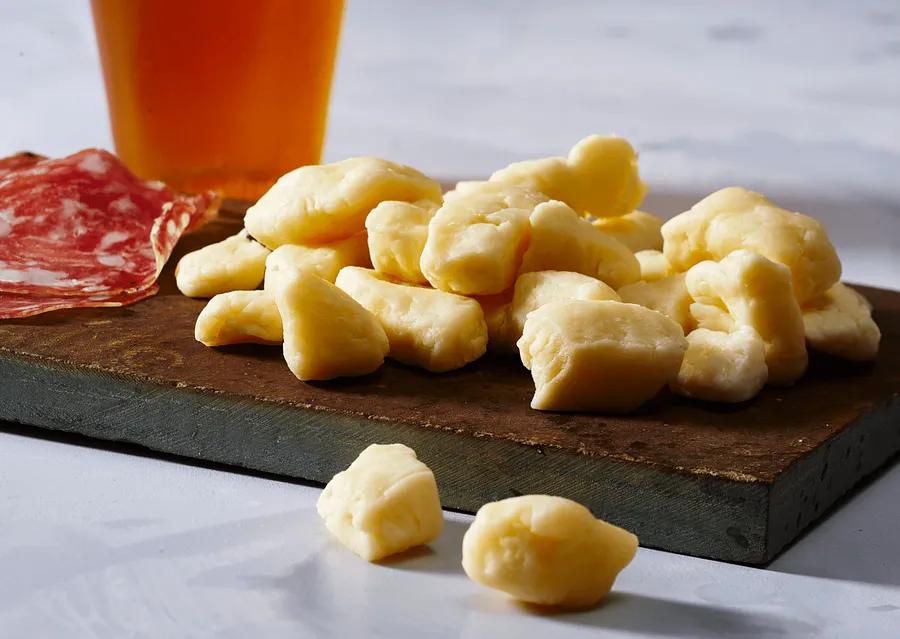From Hidden Caves to Spectacular Gardens: 8 Ways to Discover the Cayman Islands

For a beach getaway in paradise, few places rival Grand Cayman’s Seven Mile Beach. Frequently featured on lists of the finest beaches in the Caribbean—and the world—this iconic stretch offers 6.3 miles of soft white sands and clear waters, making it a perfect destination for leisurely beach strolls, yoga sessions, water sports, or simply basking in the sun.
However, Grand Cayman and its neighboring islands, Cayman Brac and Little Cayman, provide much more than just beautiful beaches. With a plethora of thrilling activities, each island is easily accessible, allowing you to explore a variety of natural and cultural attractions, from unique forest trails and art viewing to significant historical sites—all without giving up your beach time.
We’ve compiled a list of the top attractions and activities to enjoy during your stay in the Cayman Islands.
1. Immerse yourself in the Caymans’ (literal) heritage
Today, the economy of the Cayman Islands is often linked to offshore banking, but not too long ago, it thrived on hand-woven rope made from native silver thatch palm trees. At its height, the thatch rope industry saw the islands exporting 1.3 million fathoms of rope annually—almost the same distance as the flight from George Town, the capital, to New York. Interestingly, the silver thatch palm also features on the country’s flag and is recognized as its national tree.
While silver thatch palms can be found throughout the islands, a prime location to admire them—along with an abundance of other native plants and animals—is along the Mastic Trail on the northern part of Grand Cayman. This trail follows a century-old agricultural path, meandering through the Mastic Reserve, the largest untouched old-growth forest on the island.
The trail runs along the edge of low-lying semi-deciduous dry forests and mangrove wetlands, showcasing impressive mahogany trees, aged mango and citrus trees, towering royal palms, and seasonal flowers like the wild banana orchid—the national flower of the Cayman Islands, which blooms every June. Covering 2.4 miles, this trek is also a paradise for bird watchers; you can spot parrots, West Indian woodpeckers, and rare Caribbean doves, as well as snakes, lizards, butterflies, and other wildlife.
To truly experience the Mastic Trail, join a guided tour with the Cayman Islands National Trust, which restored the trail in the 1990s. More of a storytelling adventure than a physical challenge, the tour is led by botanist Stuart Mailer, who played a key role in the restoration effort. It offers an authentic—though often muddy—glimpse into the island’s natural beauty.
2. Immerse yourself in the vibrant local art scene
With its vibrant island landscapes and rich marine life, the Cayman Islands provide endless artistic inspiration. Yet, many visitors overlook the nation’s flourishing visual art scene, where numerous artists capture the evolution of island life through the decades.
Explore the diverse array of styles, media, and themes at the National Gallery of the Cayman Islands, a hub dedicated to showcasing local talent. From trailblazers like Gladwyn K. “Miss Lassie” Bush, who began painting at 62 (her former residence is now a heritage site), to contemporary works by Wray Banker, co-founder of the Native Sons Artist Collective, the collection aims to celebrate and preserve the cultural heritage and identity of the nation through art.

Photo by Katie Thorpe/Shutterstock
3. Explore a subterranean wonderland
Nestled within a forest, the Cayman Crystal Caves boast otherworldly rock formations shaped by the interaction of rainwater and the island’s limestone bedrock. Here, you’ll discover hundreds of underground caverns filled with enormous stalagmites and stalactites, formed by calcium deposits left behind as rainwater gradually dissolved the limestone over millions of years.
Once thought to be a hideout for pirates, the Crystal Caves now stand as one of the island's distinctive attractions. During a 90-minute tour, you can explore three caves brimming with stunning rock formations, culminating in a clear green subterranean pool at the heart of the cave system, which lends its name to the caves.
4. Immerse yourself in a vibrant paradise for nature enthusiasts
Teeming with freely roaming blue iguanas (large, endangered lizards unique to Grand Cayman and named for their distinctive skin color), colorful parrots, and sprawling 65 acres of gardens, the Queen Elizabeth II Botanic Park is a true paradise for nature lovers.
In a stunning array from red to pink, orange, yellow, and beyond, the enchanting Color Garden is organized by hue, creating a visual feast. The park features seven distinct sections, including a heritage garden showcasing a model of a traditional island home surrounded by plants and fruit trees that have provided food and shelter for Caymanians for generations, a boardwalk orchid garden with four native varieties among its myriad blooms, and a blue iguana habitat that serves as the focal point of the island’s conservation efforts.
5. Experience a mesmerizing nighttime light display
For the ultimate after-dark spectacle in the Cayman Islands, don’t forget to look beneath the surface. While the starry skies can be enchanting on a clear night, a more extraordinary sight occurs in the calm waters near Rum Point on Grand Cayman’s northern shore.
Join a tour with Tom Watling of Cayman Kayaks, and you’ll embark on a short paddle to a serene bay teeming with bioluminescent marine life. As Watling shares insights about the ideal conditions—warm water, salinity, and organic matter—that create this mesmerizing phenomenon, paddlers can splash their oars to ignite bursts of white and blue light from the microscopic organisms below.
Tours are organized according to lunar cycles, occurring only on the darkest nights of each month for optimal viewing. For those preferring a more relaxed experience, Cayman Kayaks also provides electric boat tours to enjoy the light display without the need for self-propelled transport.
6. Start your day with a morning bike ride on the tranquil side of Grand Cayman
In recent decades, Grand Cayman has gained a reputation for its vibrant restaurant scene and the array of resorts lining Seven Mile Beach. However, there was a time when the island was primarily composed of tranquil fishing villages connected by picturesque coastal roads. You can journey back to those earlier days on a morning bike tour with Eco Rides Cayman.
Founded by Shane Edwards, Eco Rides was created to combine his love for cycling with a commitment to preserving Grand Cayman’s largely untouched East End from overdevelopment. This area lacks hotels and souvenir shops, offering a more authentic experience as you spend around three hours cycling past colorful cottages and friendly locals. Along the way, you'll visit the site of the Cayman Islands’ most notorious shipwreck—the Wreck of the Ten Sail—snap photos of blowholes along the coast, sample local fruits, and explore hidden caves on Edwards’s family land. Tours include bike and helmet rental, plus a homemade snack.
7. Descend to an underwater mountain range
Encircled by shallow coral reefs, the Cayman Islands boast some of the Caribbean's finest diving and snorkeling locations. Among the most breathtaking underwater experiences is Bloody Bay Wall, an underwater cliff off Little Cayman that begins just over 20 feet beneath the surface and plunges down to 6,000 feet.
The dramatic scale of this colossal cliff creates a remarkable dive for advanced divers, where you can encounter tropical fish, turtles, eels, stingrays, and barracudas weaving through the corals that adorn the wall. However, you don’t need to be a PADI-certified diver to appreciate it. Alongside about 24 diving sites, there are six designated areas suitable for snorkelers.

Photo by Joymsk140/Shutterstock
8. Honor freedom and democracy at Grand Cayman’s oldest—and most significant—building
Pedro St. James, known locally as Pedro’s Castle, is the oldest surviving stone structure in the Cayman Islands, but its significance goes beyond age. Pedro St. James is the most crucial historical site on the islands due to its pivotal role in the advent of democracy.
In 1831, this location became the site of the first democratic election in the island nation. Five years later, a delegate from the Governor of Jamaica proclaimed the abolition of slavery in the British Empire, delivering the announcement from the stone steps of the Great House, which had been built 50 years earlier by enslaved individuals. Over the next 150 years, the building served as a courthouse, jail, and parliamentary house, enduring damage from hurricanes, fires, and an earthquake before the government acquired the site in 1991, restoring the Great House and other historical structures on the property.
Today, you can embark on a guided tour of this iconic site, indulge in a tasting of Cayman Spirits rum, and savor a lunch featuring marinated conch and red snapper pasta at the newly opened Thatch and Barrel—an eatery created by the same team behind the beloved Cayman Cabana in George Town. It’s a delightful way to engage with a significant piece of Caribbean history.

1

2

3

4

5
Evaluation :
5/5